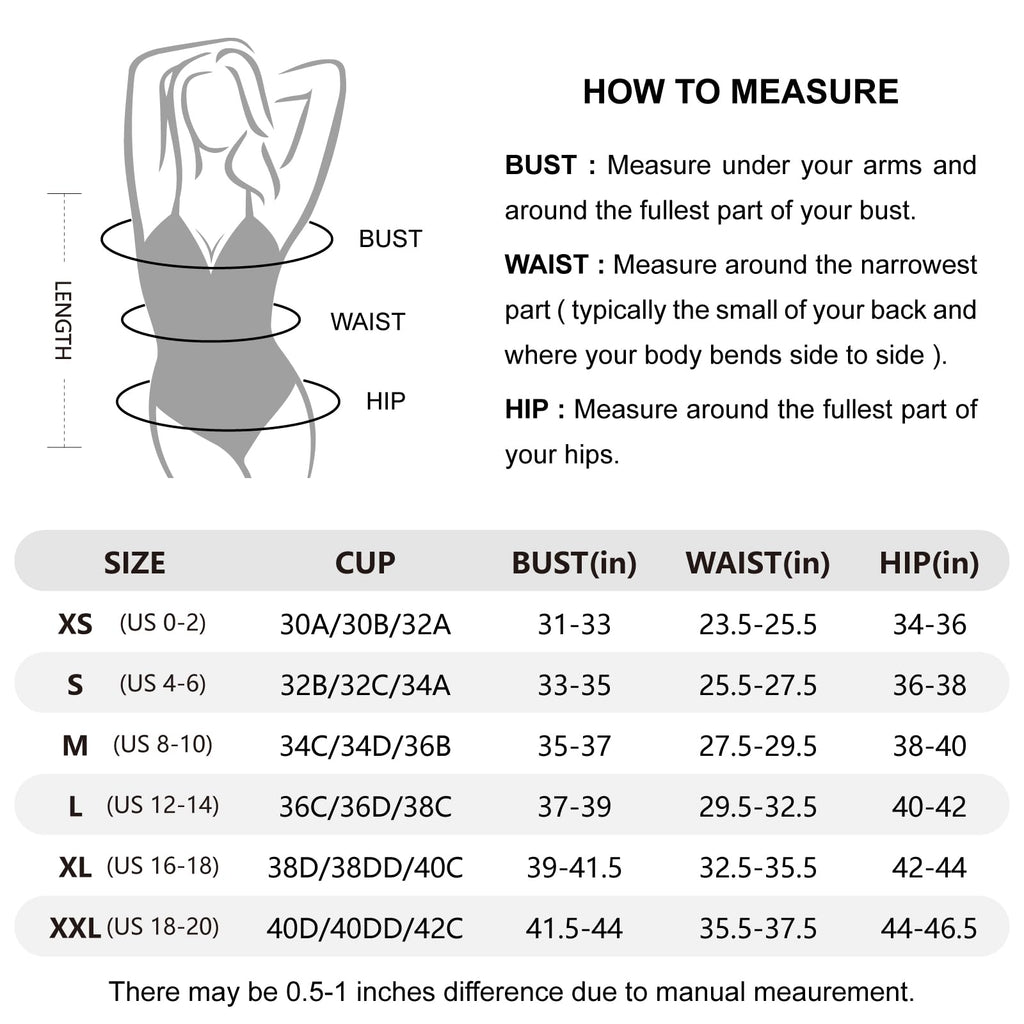SPF vs UPF, what's the difference?
Can you explain the difference between SPF and UPF ratings? Not many people could.
A look at UVA and UVB
SPF and UPF are different to each other. Before that we should also look at the distinctions between different ultraviolet rays. The sun emits UVA, UVB and UVC types of radiation; the first two of which make their way through the earth’s atmosphere to reach us. For a long time it was thought that the shorter UVB rays were the only ones that damaged our skin, as these are the rays that make us tan and burn. However, over time it has become clear that the longer UVA rays can lead to skin cancer through the damage of our DNA at a deeper level. The other noticeable difference is that the amount of UVB rays we receive can fluctuate depending on the weather and time of day, while UVA exposure generally stays at a consistent level all year round because this type of radiation can even permeate clouds. This is exactly why we need to be aware of the run’s rays, whatever the season.
So, what is the difference between UPF and SPF?
In the 1970s a Swiss chemist introduced a standardised way of measuring how much protection sunscreen could provide against UVB rays: the Sun Protection Factor. If it takes your skin 10 minutes to get sunburnt, an SPF30 sunscreen theoretically slows that time to 300 minutes of sun exposure. The + symbol means the SPF is higher than the number written, and the higher the number the better. It’s important to keep in mind, however, that not many of us apply sunscreen perfectly, so it’s always wise to keep in the shade and reapply sunscreen often. The other problem is that SPF does not protect fully against harmful UVA rays. While some sunscreens now provide UVA and UVB protection (often known as broad spectrum), no sunscreen is capable of completely blocking all UV radiation.
What is UPF 50 or 25 referring to?
Most clothing, hats, gloves and rash vests tend to provide some protection against UV rays. UPF, or Ultraviolet Protection Factor, is a newer term that demonstrates the amount of UV radiation that can penetrate fabric and reach your skin. As a guide, a UPF rating of 25 allows only 1/25th of UV radiation to go through the fabric onto your skin. UPF 50 means that only 1/50th makes its way through. If you buy UPF clothing, you’re choosing garments that are designed and constructed to provide a high level of UV protection. This may be through a tighter weave, a thicker or darker material, or the addition of UV absorbing chemicals.
Even your normal clothing will have some UPF protection, and the heavier and darker the garment is the better the protection is likely to be. If you can see through the fabric, chances are ultraviolet radiation can make its way through. We advise always looking out for high UPF clothing if you spend a lot of time in the sun, whether you’re working or relaxing. The Skin Cancer Foundation's Seal of Recommendation deems a UPF rating of 30-49 to offer very good protection, while 50+ offers excellent protection. It’s crucial to also apply high factor sunscreen to any areas that aren’t already covered by your clothing, hat or high-rated sunglasses.

















